Watch TV in another way, fewer ads! Two portable "TV boxes" comparative evaluation

Introduction:
The Internet TV box is not a new concept. A few years ago, the release of the Xiaomi box brought rich network video resources and changed the way many people watched TV, sparking a wave of interest in Internet TV boxes. However, as manufacturers focused more on advertising revenue, the amount of commercial content inserted during video playback increased, leading to longer ads that made the overall experience less enjoyable.
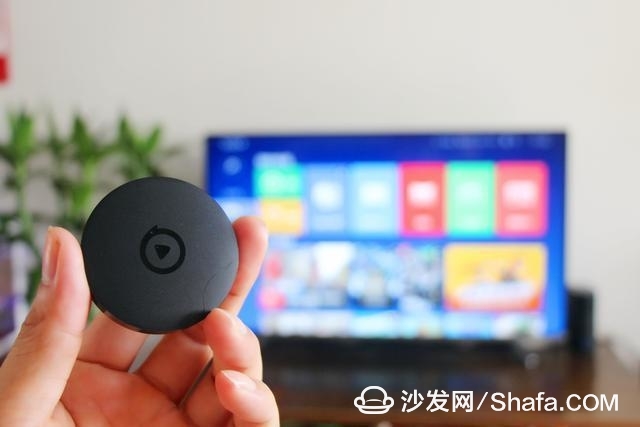
As viewing habits have evolved, mobile video consumption has become increasingly popular. Some "TV boxes" with screen casting capabilities have emerged. These devices allow users to cast content from their smartphones to a large TV, providing a seamless and simple viewing experience. With no long advertisements in the TV programs, they offer a high-quality multi-screen interactive lifestyle.
Key Features of Screen Casting Boxes:
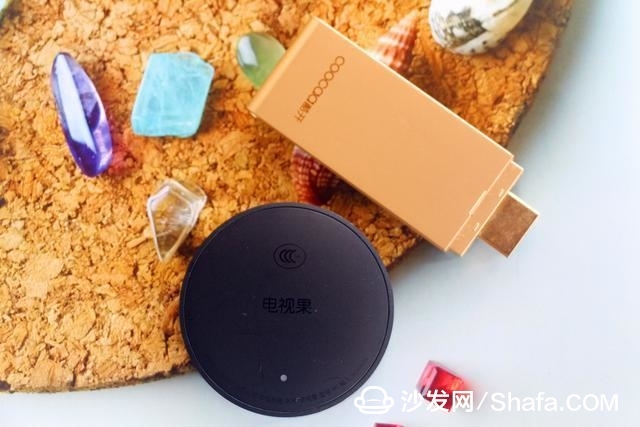
Today, everyone is familiar with screen casting boxes like the iQiyi TV and the Coolpad Video Stick. These two products share similarities, such as their compact size, similar design, and competitive pricing. In this article, we will compare their design, screen casting functions, and available content to help you choose the best one for your needs.
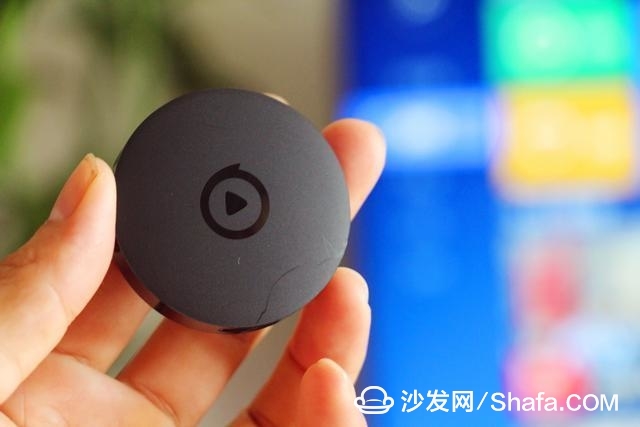
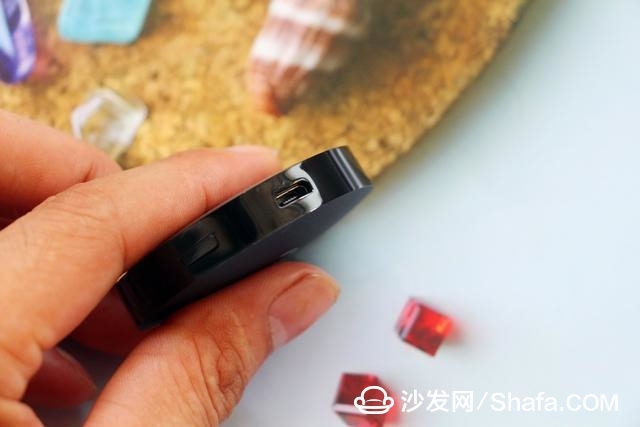
From a design perspective, both devices use plastic shells with a circular or rectangular appearance. They include HDMI and USB ports for connection, requiring two cables to connect to the TV for power and signal output.
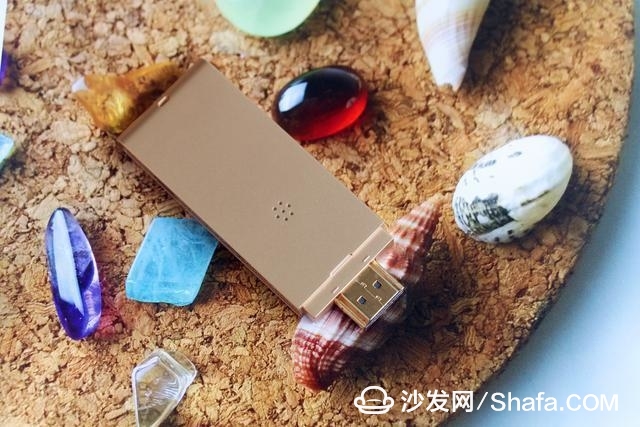
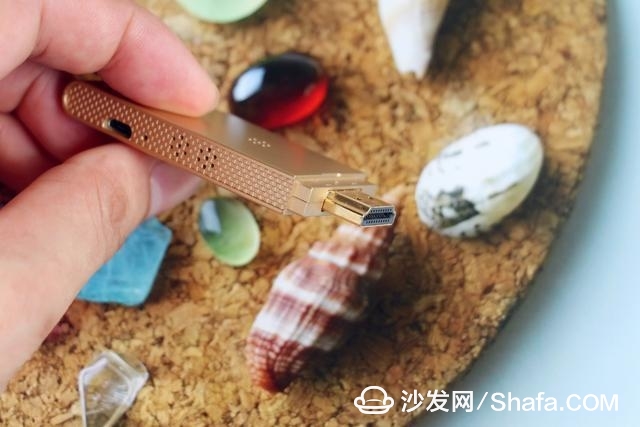
The Coolpad Video Stick also uses plastic casing and features a rectangular design with a standard HDMI port, similar to the iQiyi TV. Both are small and portable, fitting easily into your pocket, making them ideal for travelers who don’t want to rely on hotel TVs.
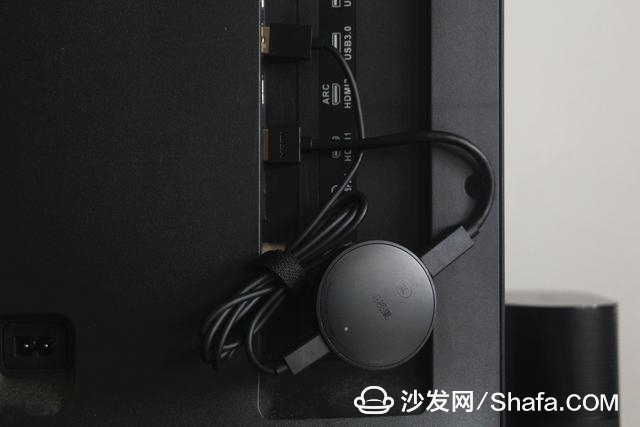
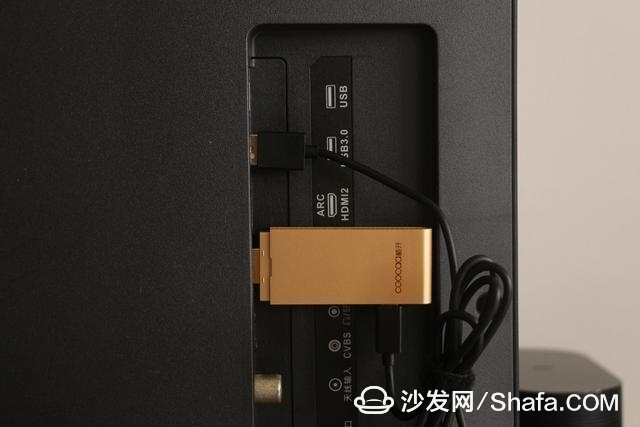
Connecting the screen casting box to the TV requires using a USB cable to provide power and an HDMI cable to transmit the video signal. The design may vary slightly, but the setup process is similar, and it ultimately comes down to personal preference.
Diverse Screen Casting Methods:

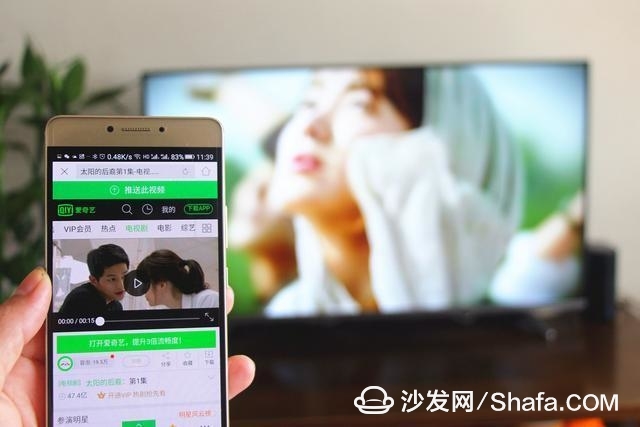
To cast videos, both devices require downloading a corresponding mobile app. The setup process is similar—searching for Wi-Fi, setting up passwords, and then selecting a video to cast to the TV. It's much simpler than traditional TV boxes, which often involve complicated menus and settings.
During the casting process, the iQiyi TV does not display the video on the phone, while the Coolpad Video Stick shows the progress of the video on the mobile device. However, this feature isn't synchronized with the TV screen, so it’s mostly just for reference and not particularly useful.
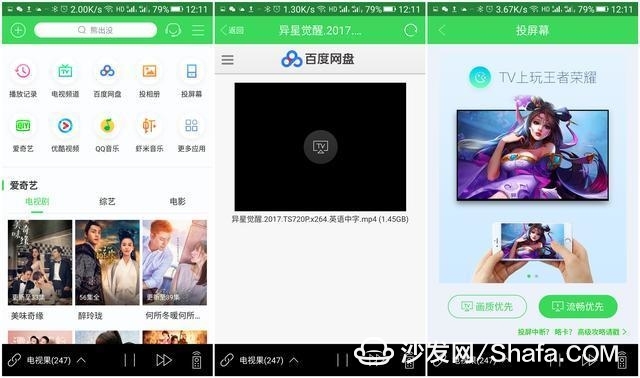
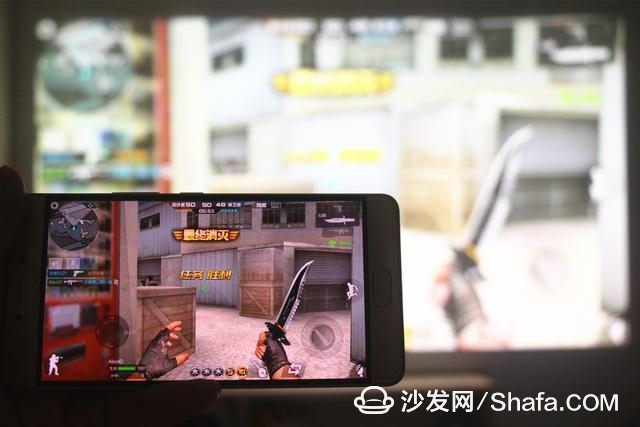
In addition to casting videos from mobile apps, the iQiyi TV supports casting from Baidu Cloud, photo albums, and other sources. This makes it easier to view files stored online on a larger screen, offering greater convenience for users.
For gamers who find mobile screens too small, the TV's screen mirroring function allows you to play games on a big screen. Connecting to a projector and playing a game like "Cross Fire" through screen casting offers an immersive experience that's hard to match.
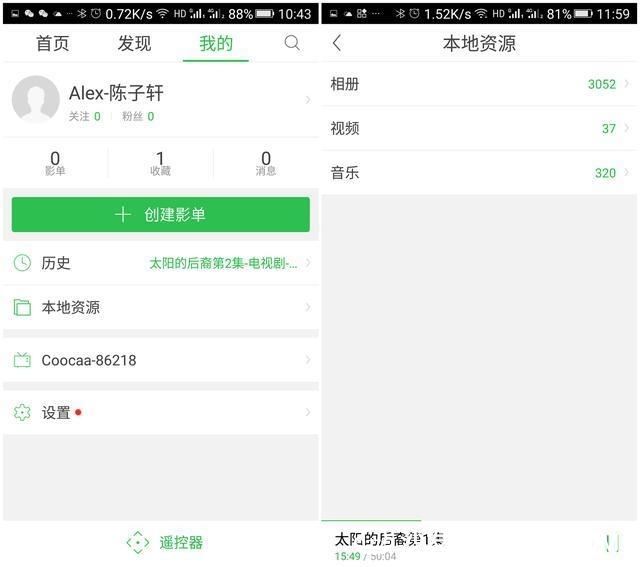
The Coolpad Video Stick also supports casting videos from mobile apps. While it can cast local media like photos, videos, and music, it doesn't support casting from Baidu Cloud or other screen-sharing applications, which limits its versatility compared to the iQiyi TV.
Resource Comparison – Advantages and Disadvantages Are Clear:
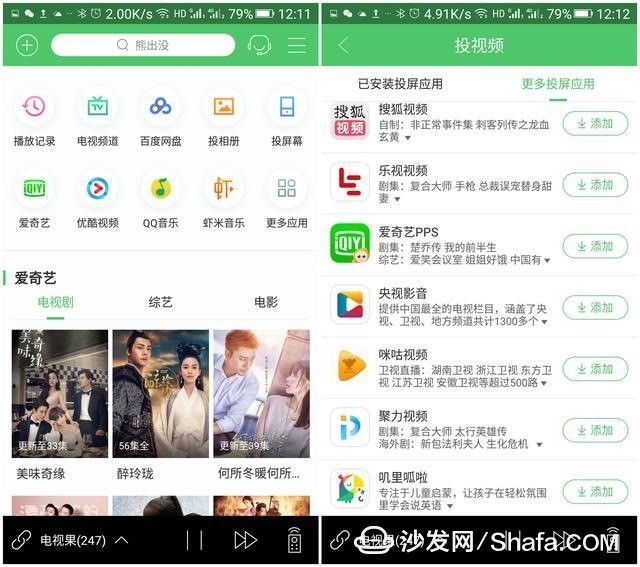
When it comes to video resources, the iQiyi TV offers a vast selection. It supports over 20 screen casting apps, including iQiyi, Youku, and Sohu, as well as over 200 live TV channels. It even offers access to VIP content, giving users early access to trending videos.
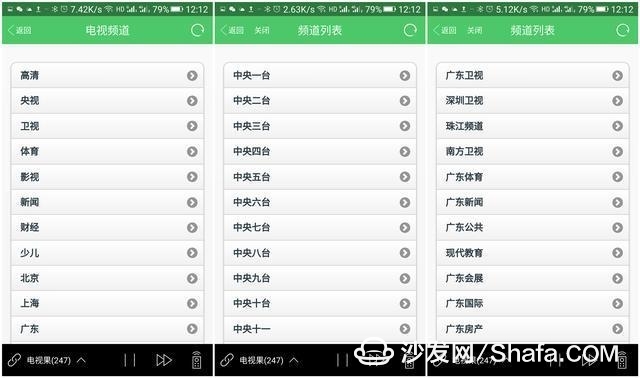
In terms of live TV, the iQiyi TV supports HD channels like CCTV and various local channels, offering a comprehensive range of options. Whether it's on-demand content or live broadcasts, the iQiyi TV provides a rich and diverse selection.
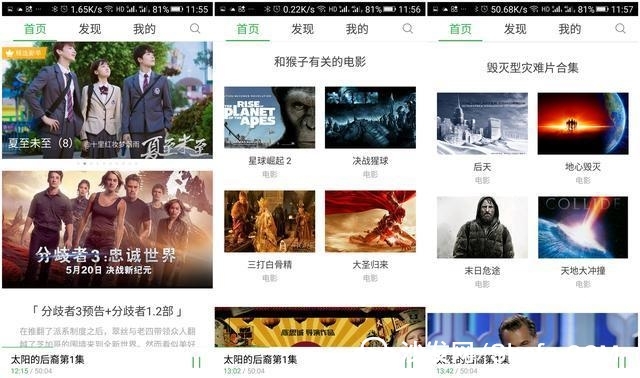
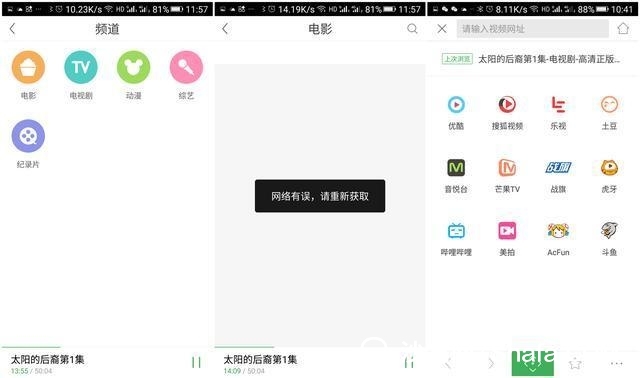
In contrast, the Coolpad Video Stick has fewer video resources. It lacks updates on new movies and only shows trailers. Clicking into some categories leads to errors, and although it has over a dozen apps, most are not popular. It also doesn’t support adding custom apps, making it significantly less versatile than the iQiyi TV.
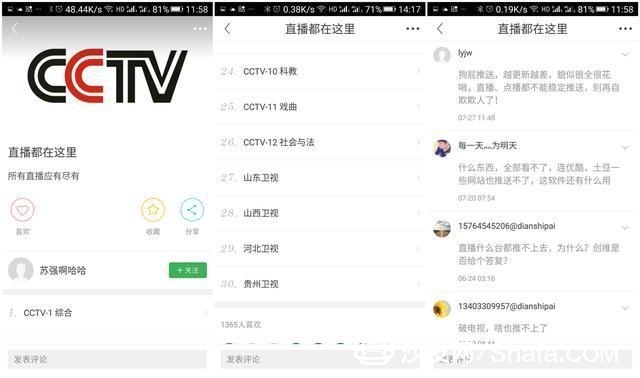
Regarding live TV, the Coolpad Video Stick offers 30 channels, but many cannot be played smoothly. After checking reviews, it appears that these channels are no longer supported, indicating that the manufacturer has abandoned the feature.
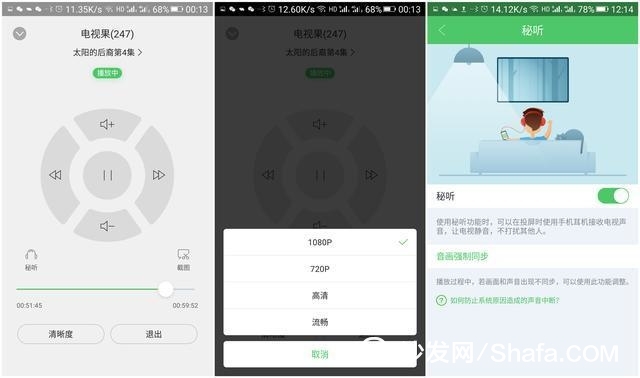
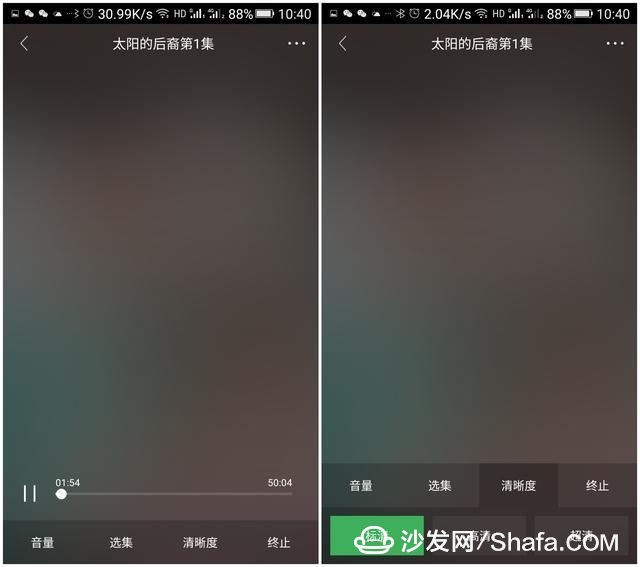
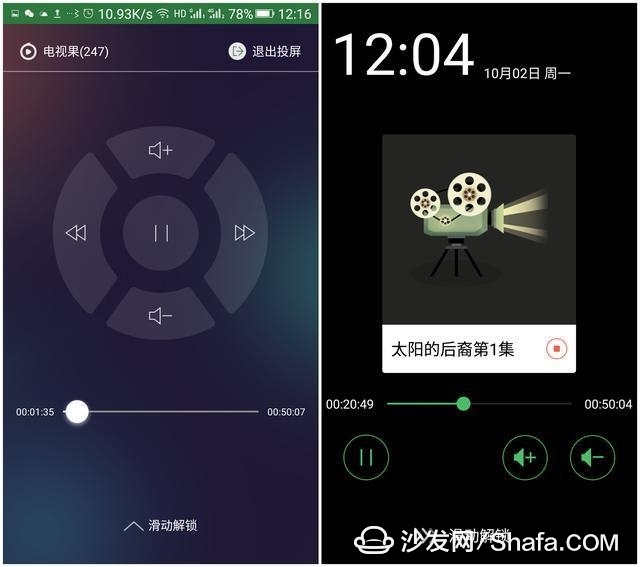
Remote control functionality is essential for these devices. Both use a mobile app for remote control, and the interface and operation are quite intuitive. The five-directional keys, brightness adjustment, and screenshot functions make the iQiyi TV’s remote control more user-friendly.
Additionally, the iQiyi TV remote app includes a “secret listening†feature. When enabled, the audio plays through your phone, and the TV sound is muted. This is perfect for late-night viewing without disturbing others. Another practical feature is the ability to control the TV from your phone’s lock screen, which is very convenient for daily use.
Conclusion:

Screen casting boxes differ from traditional Internet TV boxes in their ease of use. Their biggest advantage is the ability to directly play user-selected content without long ads. They offer a vast library of online videos, making them more complete than regular Internet TV boxes. Additionally, they are cost-effective, making them a great choice for users looking for affordable entertainment solutions.
Of course, screen casting boxes are a relatively new trend. Which one suits you better? I believe you now have a clearer idea. Watching videos via screen casting is becoming the future of TV viewing. Why not try it and enjoy watching TV in a brand-new way?
For more information on smart TVs and boxes, visit Smart TV Information Network Sofa Butler (http://), China's leading website for TV boxes and smart TVs, offering news, communication, and software solutions for smart TVs.
Solar Camera(2000w Portable Power Station/3000w Portable Power Station/5000w Portable Power Station) is a device that uses solar energy as the main or auxiliary energy to capture and record images. It usually includes components such as solar panels, energy storage devices (such as batteries), image sensors, lenses, processors, and communication modules.
Second, the working principle
Energy supply: The Solar Camera collects solar energy through solar panels on its top and converts it into electricity. This energy can be used directly for the operation of the equipment, or stored for a rainy day.
Image capture: The image sensor inside the device (such as CMOS or CCD) is responsible for capturing the image, and the lens is used to focus the light and project it onto the sensor.
Processing and storage: After the captured image is processed by the processor, it can be stored in the built-in memory of the device, or transmitted to a remote server or mobile device through a communication module.
Three, the main characteristics
Energy saving and environmental protection: The use of solar energy as an energy source reduces the dependence on traditional batteries, reducing energy consumption and environmental pollution.
Long life: In the case of sufficient light, the Solar Camera can continue to work without replacing the battery, improving the convenience and reliability of use.
Widely used: suitable for a variety of outdoor environments, such as monitoring, photography, scientific research and other fields, especially in remote areas or places that cannot access the power grid.
Intelligent functions: Some Solar cameras also have intelligent functions, such as remote monitoring, motion detection and alarm, humanoid detection and alarm, etc., which improves the safety and convenience of use.
Solar panel for camera,10000mah lifepo4 battery ,small solar energy system
Foshan Keylewatt Technology Co., LTD , https://www.klwenergy.com